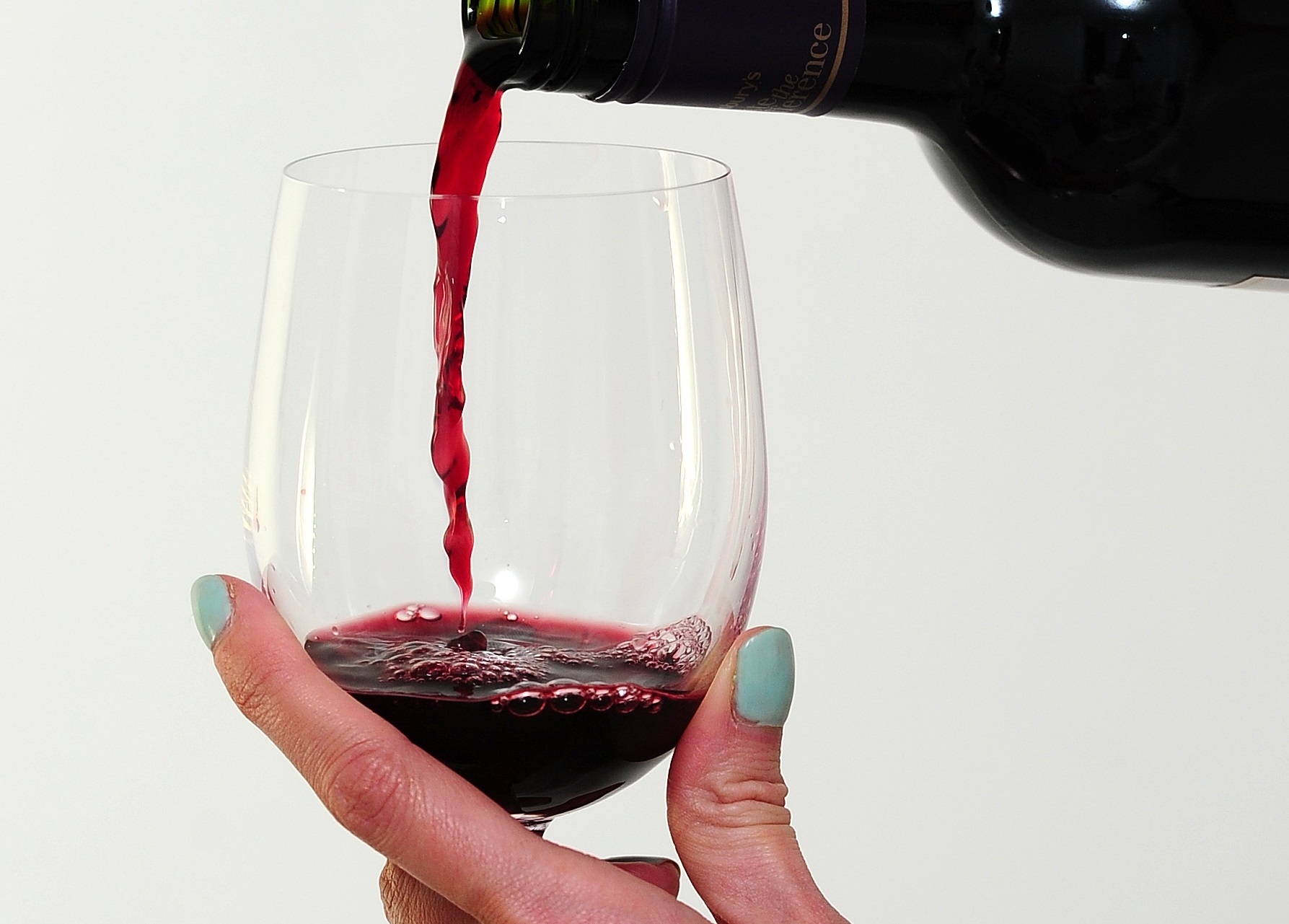
HALF of parents with children under the age of 14 allow them to drink alcohol at home, new research has revealed.
Parents are ignoring medical advice by letting their youngsters have a tipple, the survey of more than 1,000 parents by Churchill Home Insurance showed.
It also found that 34% of parents with children under 14 used alcohol as a bribe to encourage good behaviour, while 11% of parents with children aged five to seven allowed them to drink at home.
A quarter of those surveyed who let their children drink said they saw nothing wrong with it.
While it is not illegal for children aged five to 16 to have alcohol at home, the Chief Medical Officer’s report states that children under 14 who drink have increased health risks – including suicide attempts, involvement in violence and alcohol-related injuries.
Almost a third of parents said that allowing their children to drink at home let them monitor their child’s alcohol consumption.
The research also suggested that one in five parents would allow minors who are not family members to have alcohol in their house.
Martin Scott, head of Churchill home insurance said: “The relationship between children and alcohol in Britain always seems more fraught than for our continental cousins. Many parents want their children to have a responsible attitude to drinking and introduce alcohol in a safe, controlled environment.
“The challenge any parent will recognise is how to prevent excessive drinking, especially amongst teenagers.”
He added: “Whenever people are drinking in the home, there is a greater risk of injury or property damage as alcohol has a significant impact on co-ordination.”
Joanna Simons, chief executive at Alcohol Concern, said: “We know that many parents start from the best intentions when they introduce children to alcohol at home, but all the research indicates that the younger that children start drinking, the more likely they are to have problems with alcohol in later life.
“Parents are really important role models for their children and the more that they can keep an eye on the number of units they’re drinking, and have a few days off drinking each week, the more that their children’s attitude to alcohol will be shaped in a safer way.
“The Chief Medical Officer advises that an alcohol-free childhood is the safest option and that those under 15 years old, ideally, should not drink at all.”
READ MORE
Drunk and incapable: The shocking problem of parents too far gone to look after their children
Alcohol advice: Rest of UK follows Scotland’s lead to warn against ANY drinking during pregnancy

Enjoy the convenience of having The Sunday Post delivered as a digital ePaper straight to your smartphone, tablet or computer.
Subscribe for only £5.49 a month and enjoy all the benefits of the printed paper as a digital replica.
Subscribe